Are you looking for a straightforward approach to request the release of collateral? Writing a letter for this purpose can seem daunting, but it doesn't have to be! In this article, we'll walk you through a simple yet effective template that ensures your request is clear and professional. So, let's dive in and explore how you can craft the perfect collateral release request letter!
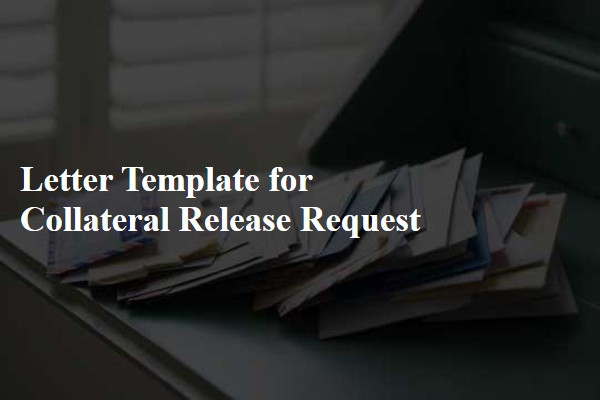
Identification of the collateral
A collateral release request pertains to the formal process of releasing a borrower's collateral, such as real estate or equipment, which secures a loan. This collateral, identified in legal documents like a mortgage or security agreement, signifies an asset pledged by the borrower, typically valued at a predetermined amount (for example, $50,000). The bank, lender, or financial institution, after verifying that the borrower has fulfilled their repayment obligations or other terms outlined in the agreement, initiates the release process. Essential details include the collateral's location, such as a specific address or registration details, and the unique identification number of the secured obligation. This process often involves completing necessary paperwork, ensuring compliance with local laws and regulations, and may require signatures from both parties involved.
Borrower's information and contact details
The request for collateral release involves the specific details of the borrower, including their full name, address (typically a street address, city, state, and zip code), phone number, and email address. This essential information ensures clear communication between the borrower and the lender regarding the collateral release transaction. Accurate contact details facilitate prompt responses and ensure all parties maintain a clear understanding of the collateral's status. This process typically aligns with financial institutions' regulations and protocols, necessitating precise documentation for verification purposes.
Loan account number or reference
A collateral release request is essential for accessing previously secured assets, typically associated with a loan agreement. The loan account number serves as a unique identifier for the specific loan arrangement, ensuring accurate processing. Documentation, including the original loan agreement and any amendments, may be required to validate the request. Additionally, the underwriting criteria established by financial institutions like banks dictate the terms under which collateral, such as real estate or vehicles, can be released. Confirming the current status of the loan--whether paid off, refinanced, or in default--also plays a crucial role in determining eligibility for collateral release.
Justification for collateral release
Collateral release is a critical financial process that involves the return of assets pledged as security against a loan or obligation. Typically, this process occurs under specific conditions, such as successful loan repayment, improved financial standings, or a change in business circumstances. Banks and financial institutions carefully assess the justification provided for the release, examining metrics such as loan-to-value ratios and debt service coverage ratios. For instance, a company that has increased its revenues by 25% over the last fiscal year may present this data as a strong justification for the release of collateral. Documentation that includes financial statements, audit reports, and recent asset appraisals helps build a compelling case, ensuring transparency and validation during the collateral release request process.
Request for confirmation and next steps
A collateral release request is a formal communication concerning the removal of secured assets as collateral. This process typically involves banks or financial institutions where secured loans exist. When a borrower fulfills their obligations, confirmation is needed regarding the procedures for collateral release. Key details include the loan number, the amount of collateral involved (such as property value, securities), and any specific dates related to the agreement. After confirmation, steps such as document preparation for release and coordination with title companies or legal advisors may follow. Properly managing this request ensures clear communication and adherence to legal requirements in financial transactions.
Letter Template For Collateral Release Request Samples
Letter template of collateral release request for secured credit facility
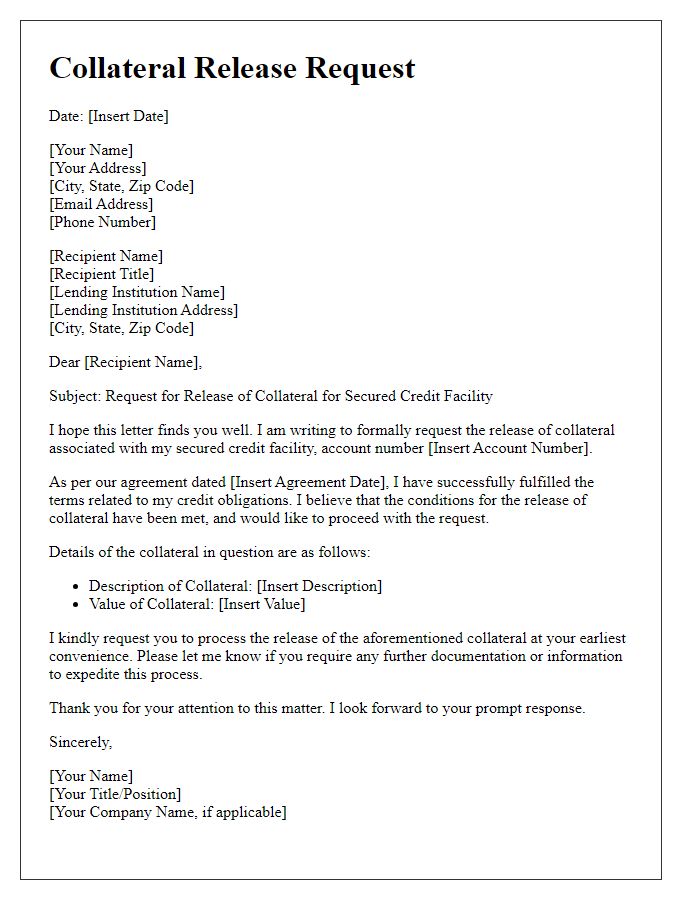
Letter template of collateral release request for construction financing
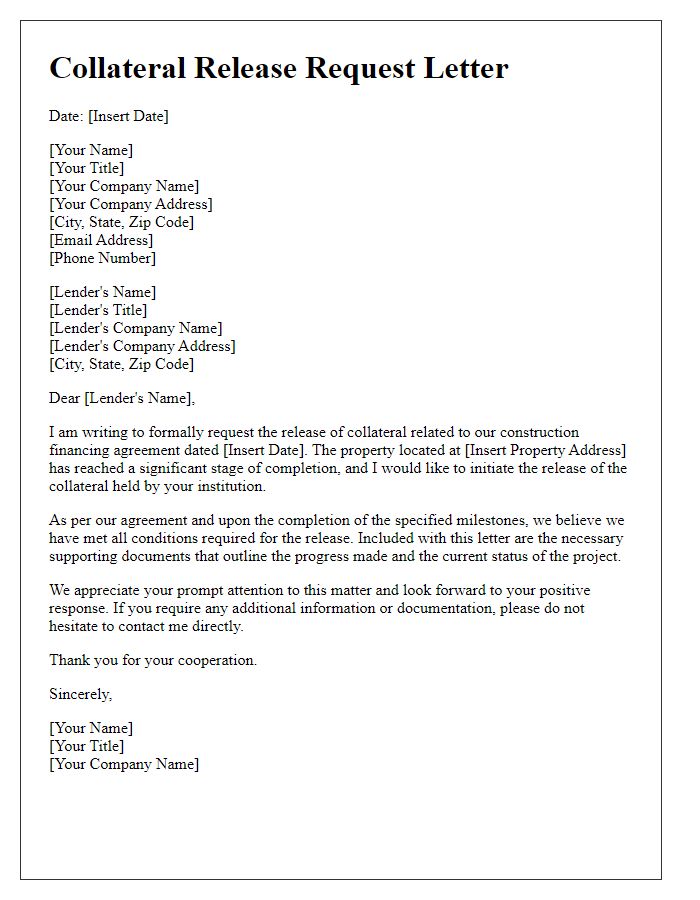

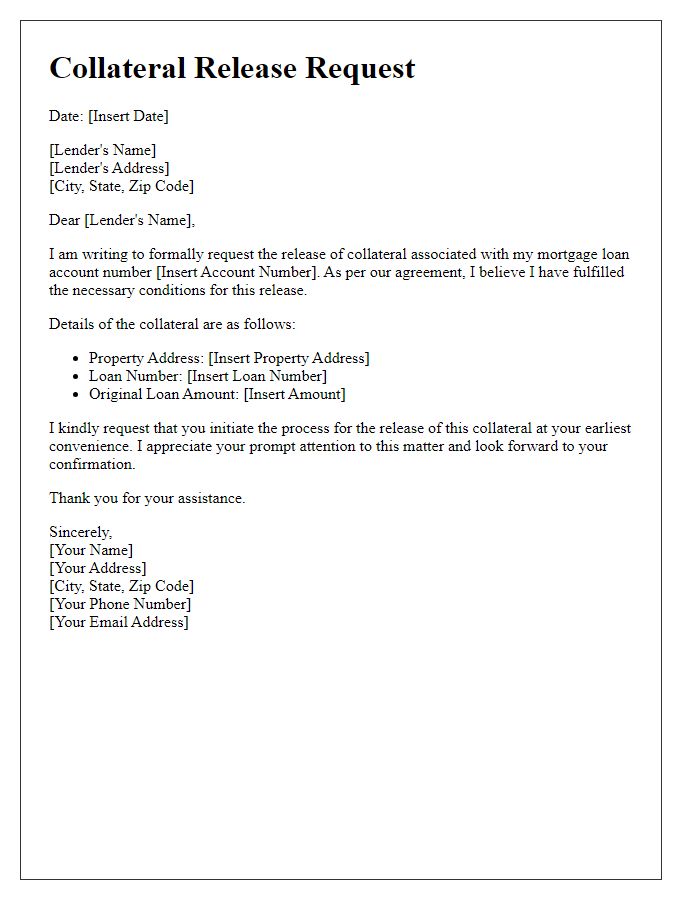
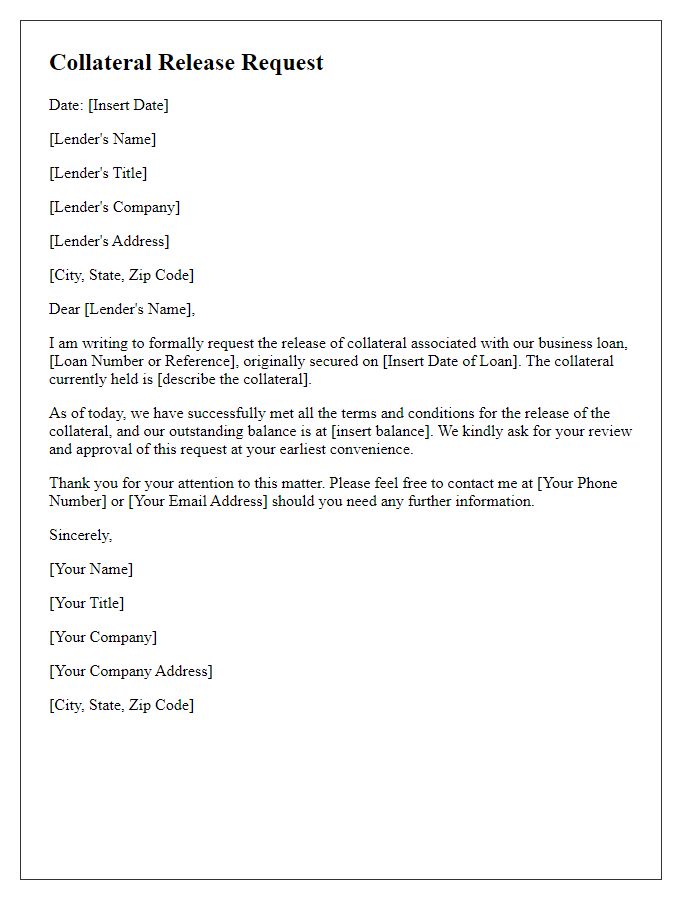
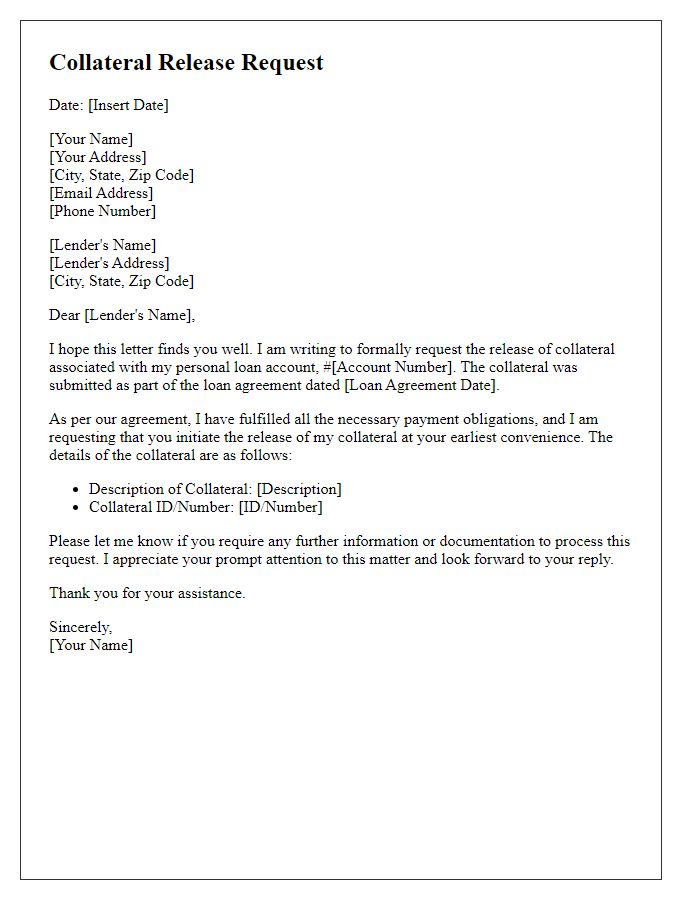
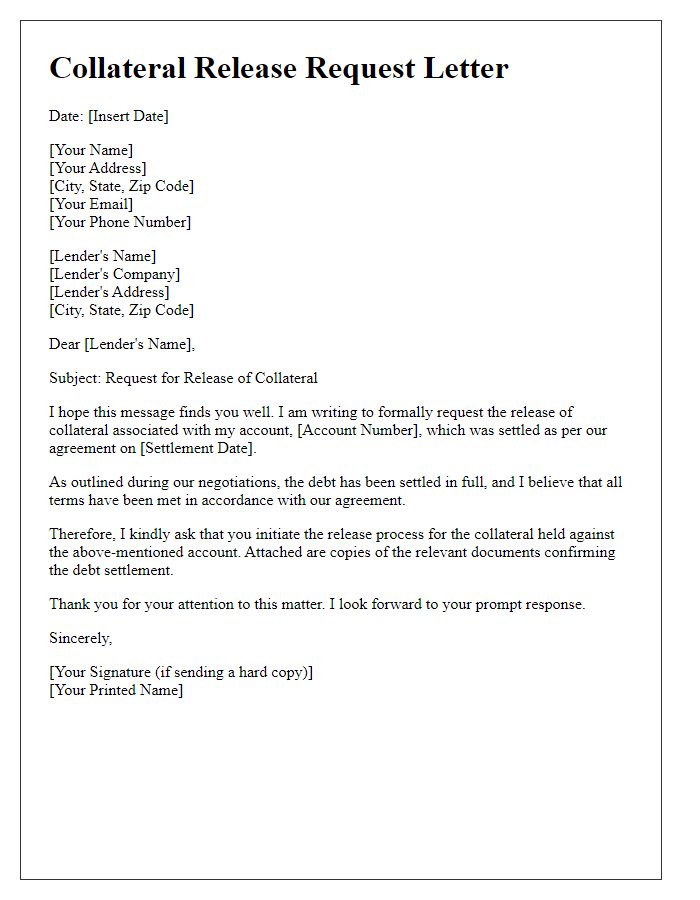
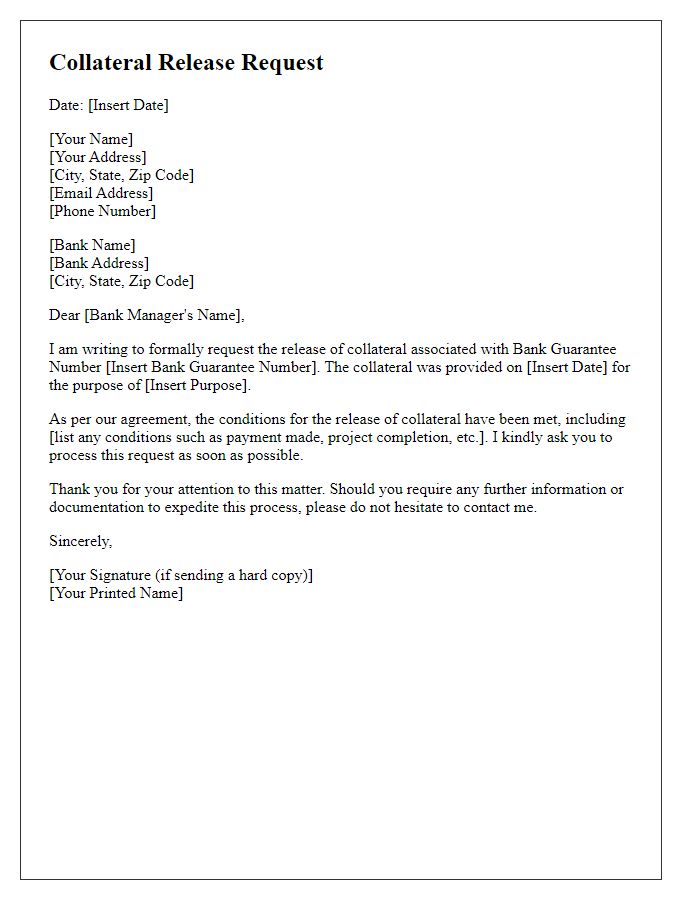
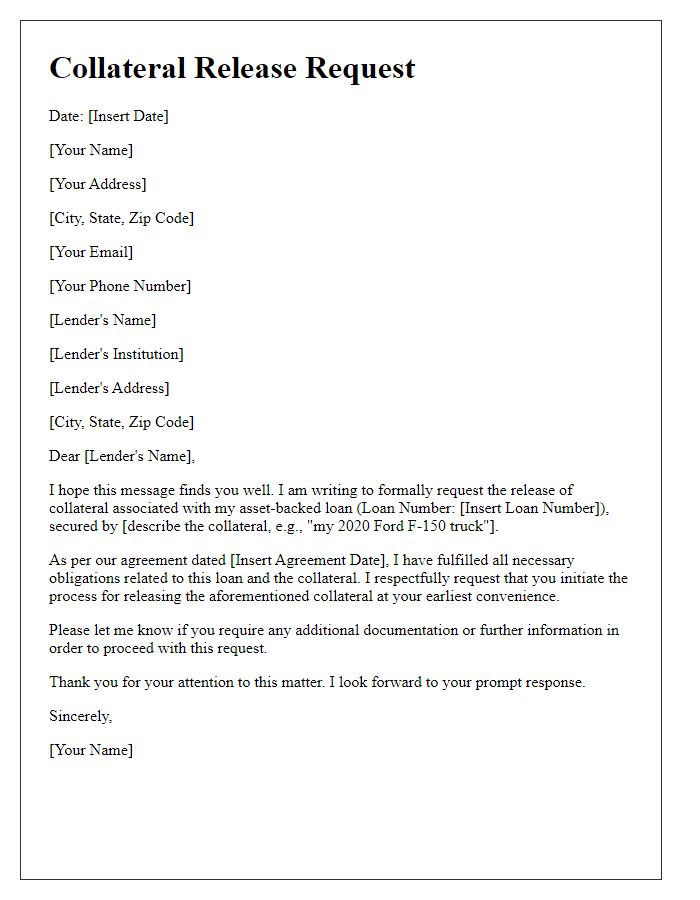
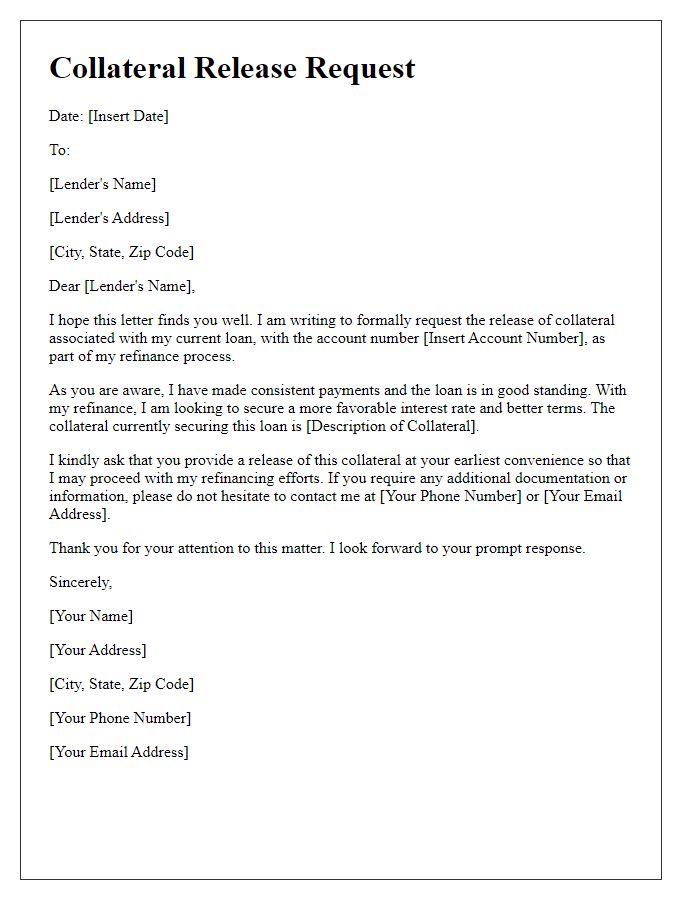
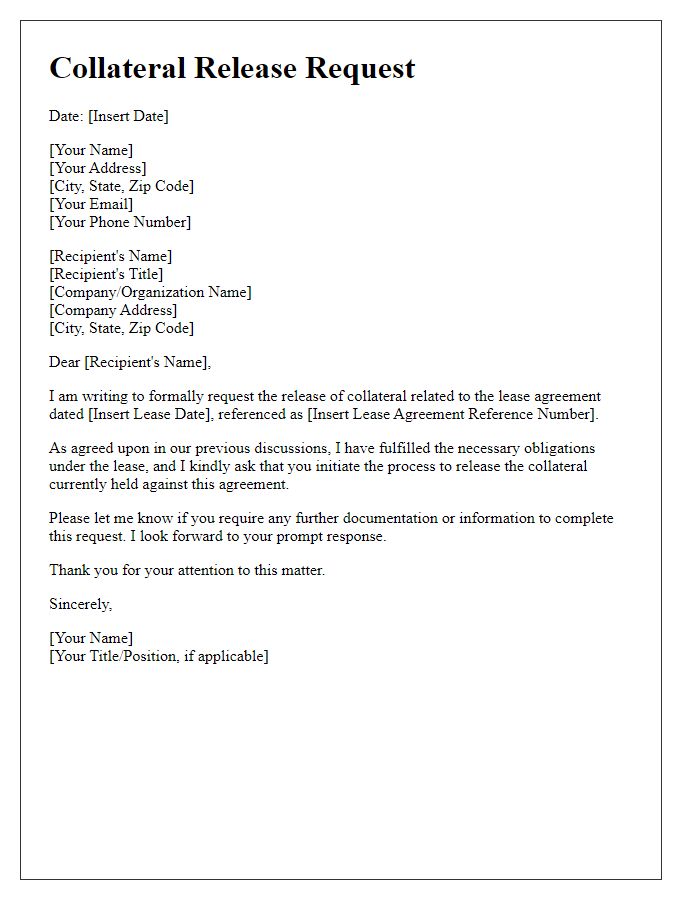

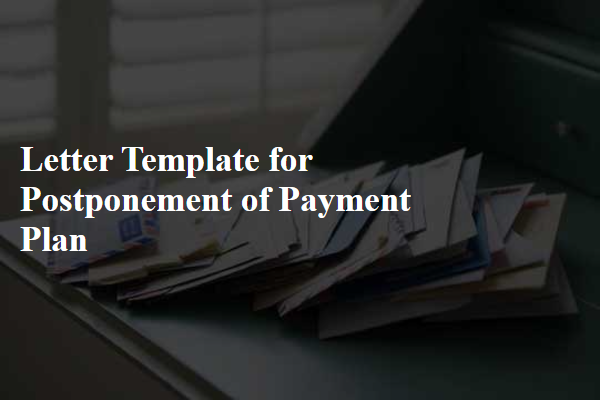
Comments